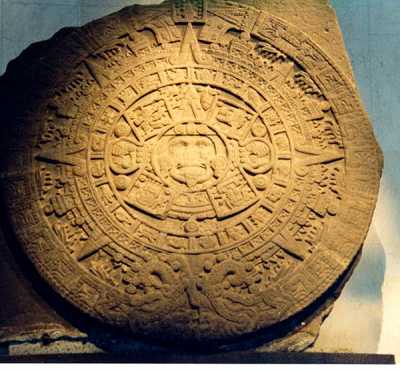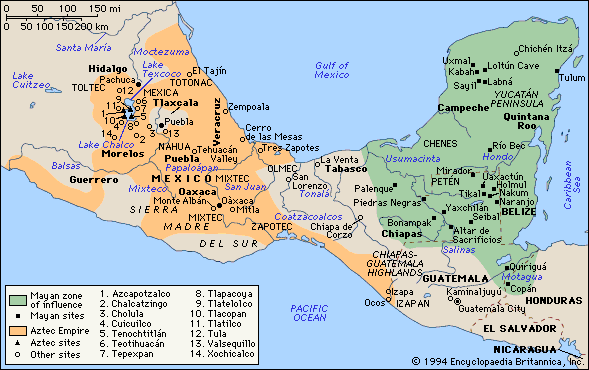Members of the Mayan ethnics from Yucatan, Chiapas and Guatemala launched the website “Living the Mayan time, sun, corn and Calendar”, which aims to provide teachers and high school students with content in Maya Astronomy and Mathematics.
“It is an effort that brought the work of more than 130 people, of which 95 percent belong to the Maya indigenous from Yucatan, Chiapas and Guatemala, who worked to create a web page that highlights the ancestral knowledge of this civilization in areas such as astronomy and the calendar. This Mayan culture site will provide interactive tools in Maya Math lessons for children and high school teachers,” declared Isabel Hawkins.


